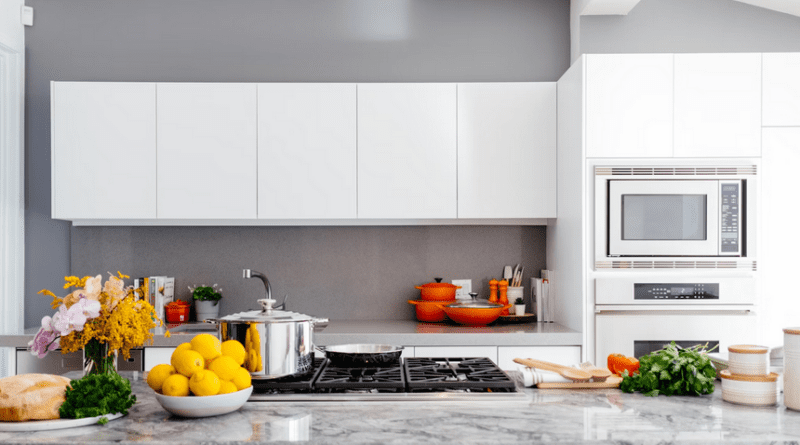Kitchen Design Tips for Enhancing Fire and Accident Safety
The kitchen is often considered the heart of the home. It’s where meals are crafted, memories are made, and family gathers. But amid all this warmth and activity lies a hidden risk: fire hazards and accidents can turn a bustling kitchen into a scene of chaos in an instant. Understanding how to create a safe cooking environment is essential for every homeowner. Whether you’re whipping up a gourmet dinner or just boiling water for pasta, safety should always be top of mind. This guide will explore practical tips that not only enhance your kitchen’s design but also bolster its safety features. With smart planning and thoughtful choices, you can enjoy peace of mind while creating delicious dishes in style. Let’s dive into the essentials of designing a safer kitchen space together. For more information, visit https://www.onyamagazine.com/australian-affairs/how-to-protect-your-home-using-design-ideas/.
The Importance of Fire and Accident Safety in the Kitchen
Fire and accident safety in the kitchen is crucial for every home. Most house fires start in this space, often due to cooking mishaps or overlooked equipment. A moment of distraction can lead to disastrous consequences. The kitchen is filled with flammable materials, from oils to paper towels, making it a hotspot for potential dangers. Understanding the risks helps you stay vigilant while preparing meals. Accidents don’t just involve fires; they also include slips, trips, and falls. With sharp knives and hot surfaces around, awareness can prevent injuries that disrupt your daily routine.
Common Causes of Fires and Accidents in the Kitchen
The kitchen is the heart of the home, but it’s also a hotspot for potential dangers. Grease buildup on stovetops can ignite quickly if left unattended. Cooking oil is especially flammable and often leads to dangerous flare-ups. Electrical issues are another significant concern. Faulty wiring or overloaded outlets can spark fires without warning. Appliances that overheat may also pose risks, so regular maintenance is essential. Children in the kitchen add an extra layer of risk. Their curiosity might lead them to touch hot surfaces or play with sharp utensils, resulting in accidents.
Safe Kitchen Designs

Designing a kitchen with safety in mind requires thoughtful planning. Start by establishing clear pathways. Ensure that there is enough space between appliances and work areas to allow for easy movement. Consider the layout carefully. A U-shaped or L-shaped design can provide efficient workflows while keeping potential hazards at bay. Avoid cluttered countertops, as they can lead to accidents. Position your stovetop away from high-traffic zones, reducing the chance of bumping into hot pots and pans. Install fire extinguishers within reach but out of children’s sight. An essential step for quick access during emergencies.
Safe Materials for Kitchen Appliances and Furniture
When selecting materials for kitchen appliances and furniture, safety should be a top priority. Stainless steel is a popular choice due to its durability and resistance to heat. It’s easy to clean and doesn’t harbor bacteria. Consider non-toxic finishes for wooden cabinets and countertops. Materials like bamboo or reclaimed wood are eco-friendly options that also boast strength. For countertops, quartz surfaces offer both beauty and resilience against heat and stains. They’re less porous than natural stones, which minimizes the risk of bacterial growth.
Strategies for Preventing Fires in the Kitchen

To reduce the risk of fire in your kitchen, start with vigilant monitoring. Never leave cooking food unattended, even for a moment. A simple distraction can lead to disaster. Keep flammable items away from heat sources. Store dish towels, paper products, and spices at a safe distance from stoves or ovens. Investing in flame-resistant cookware is another smart move. Nonstick pans are convenient but can release toxic fumes when overheated. Regular maintenance is key too. Clean grease buildup from stovetops and vents regularly to minimize fire hazards.
Creating a safe kitchen is essential for every home. By understanding the importance of fire safety and being aware of common hazards, you can make informed decisions in your kitchen design. A well-thought-out layout minimizes risks. Positioning appliances strategically keeps cooking areas organized and reduces clutter, which can lead to accidents. Choosing heat-resistant materials for countertops and safe finishes for cabinets adds an extra layer of protection against potential fires.

